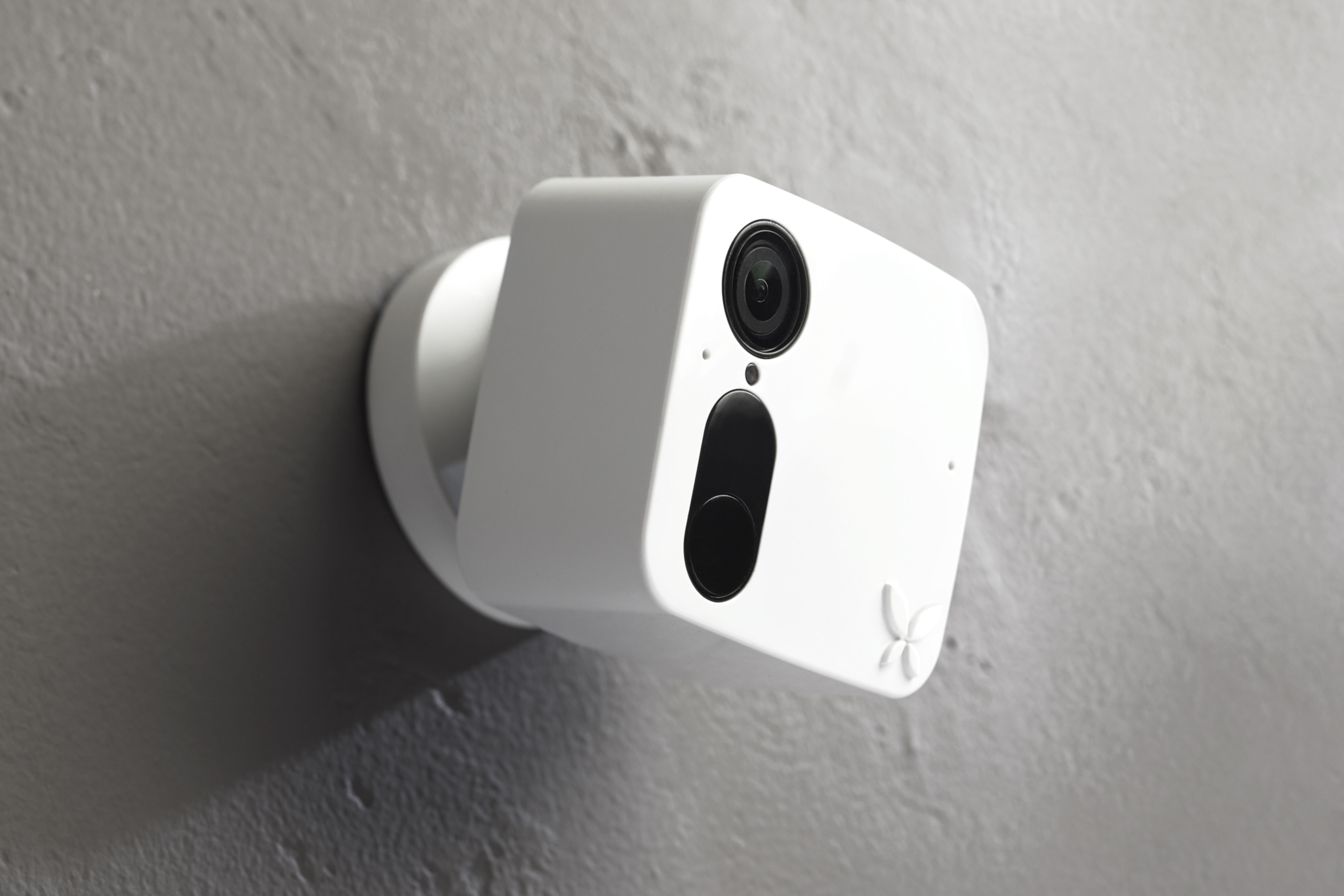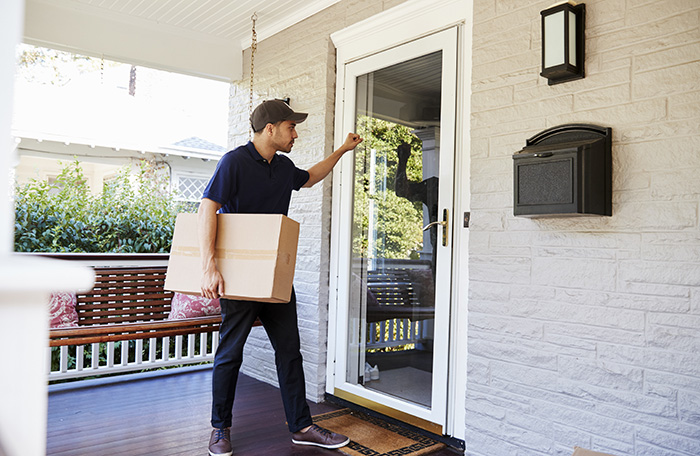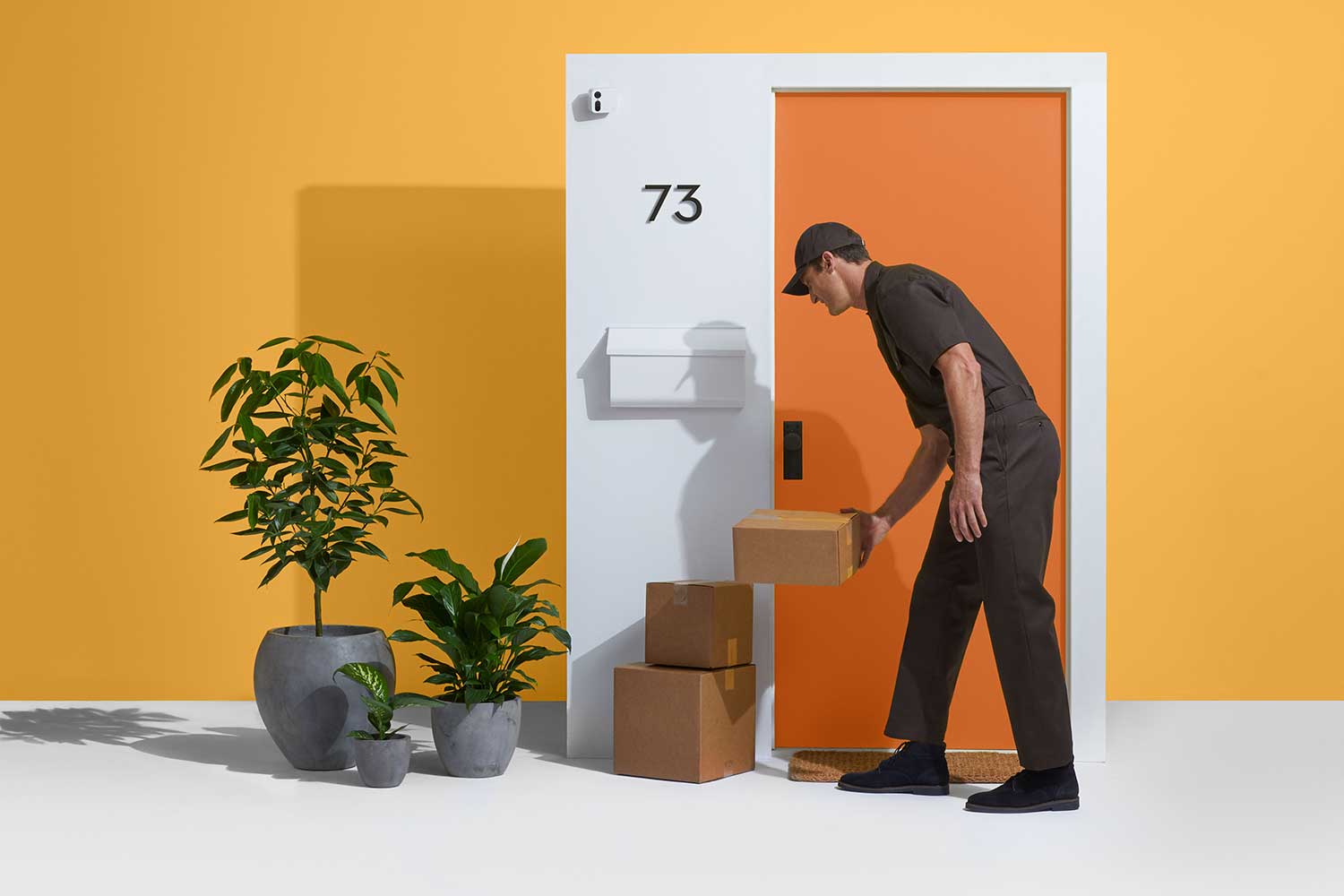Wireless Security Camera Systems 101

Wired security cameras are the status quo. We’ve seen and used them for decades, and we fully understand what they’re capable of. On the other hand, wireless security cameras are more unfamiliar as they’re recent advancements.
Wireless and wired security cameras don’t work the same way, with wireless cameras offering many benefits that wired ones can’t. Below, we’ll explore how wireless security cameras work and how they can benefit your home or small business. It’s time for some wireless security camera 101.
How do wireless security cameras work?
Wired cameras are simple. Whether they’re an IP camera or something more traditional, they tend to use cables to transfer their footage from the camera to a centralized location. That location is often on property and has a computer, monitors and storage for using and backing up footage.
This usually means you need to set up a security camera network to get everything to work. You have to mount the camera, then install wires from the camera to your server. You also have to set up a space to place that server. Wireless security camera systems get rid of all of that worry. Instead of using wired cables like BNC and coaxial, they use wireless technologies like Bluetooth, Wi-Fi, Z-Wave and Zigbee to transfer footage.
The footage is often transferred to one of three places: A phone or computer, onboard or external storage, and the cloud. Most wireless cameras will automatically store footage up in the cloud, though you’ll also have to pay a monthly subscription to access that footage past 7 days.
You can download footage to your smartphone or computer from the cloud. However, some wireless smart cams will allow you to transfer footage from your camera to your smartphone or computer rather than upload it to the cloud first.
In addition to using the camera’s built-in storage, wireless security cams can store footage to an external base station. The base station can act as a mini server, storing footage to its internal hard drive and then uploading a backup to the cloud.
Things to consider before installing a wireless smart camera.
There are a number of things you need to know before setting up your smart camera. First, wireless security cameras are easier to set up than wired cameras. You won’t need to install a bunch of wires, and you won’t even need a professional to do the job for you. Wireless security cameras come with easy-to-install mounts and can also be placed on a number of surfaces inside your home.
They also use a companion smartphone app to walk you through the setup process. This usually includes connecting your wireless smart camera to the internet, registering an account and potentially subscribing to a monthly cloud subscription.
All of this makes setting up a wireless smart camera a breeze, allowing you to focus on the more important question of where to place your camera. If you’re worried about security, you may want to position your wireless smart camera at a high vantage point. Ideally, you want them pointed toward a key point of entry, like a back yard or front door.
You’ll also want to consider where your wireless smart camera is in relation to your Wi-Fi router. If your security camera is too far away from your router, it may have a poor connection and not be able to capture good footage. You can minimize this risk by opting for a security camera with strong W-Fi. Similarly, consider upgrading your router or internet if it’s too slow or inconsistent.
Don’t forget to change where you place the camera is inside your home. You can change it up based on how you want to use your camera. For example, if you leave your teenage kids for the weekend, you could set it up inside your alcohol cabinet. If you’re a small business owner, you could place it near valuable items.
What are the benefits of wireless security cameras?
There are a number of benefits that wireless security cameras have over wired security cameras, from making cameras easier to use to advanced features. Here are some of the features that you’ll love:
Portability
Wireless security cameras don’t need to be tied down, which means you can easily move them around to meet your needs. You can place it in your kid’s room during the night, then move it to the front door while you’re out and about, then to the kitchen when grandma’s home. You can even move it outside! No matter where you are in your home, there’s a place for your camera.
Cloud Features
The cloud can be a helpful way to backup your footage. Physical storage is great, but your camera or the storage can also be stolen. Continuous video uploading to the cloud means that your security footage is always available in case you need it. Even better, it’s easier to share with the police in case they need evidence. Keep in mind that cloud storage is often part of a monthly subscription, and some companies requiring you to pay a fee to access any footage at all.
Easy Installation
Wireless cameras benefit from having very few external parts. Yes, you’ll need to mount them if you want to use them outdoors, but even those mounts are easy to use. You’re not going to need to run big cables everywhere that lead to a centralized security server, or spend time and tools installing them. You just put the cameras somewhere, connect them to your Wi-Fi network and you’re good to go.
Smart Features
Wireless cameras can use artificial intelligence to give you added features. This includes the ability to set up facial recognition, so that you can get alerts when your loved ones are spotted by the camera. It also includes abilities like person detection, which can allow the camera to tell whether a person or a pet triggered its motion alerts ability. There are even privacy modes that’ll stop recording when you’re home. While some of these features are available on wired cameras, they’re often part of expensive packages with complicated software programs.
Wired or wireless?
Now that you know all about wireless security cameras, you might be wondering if you should consider them over wired security cameras. There are a number of factors you should consider before you choose. The first thing you need to ask yourself is what you want from your camera.
If ease of use and smart features is a priority for you, then a wireless security camera may be a better choice. If you want better quality footage and the stability of a wired connection, then a wired security camera may be the way you want to go.
There are cameras that give you the best of both worlds. These are smart cameras that can work both wired and wirelessly, and you’ll still get the perks of a wireless camera, like ease of use, smart features like facial recognition, Automatic Arm and Disarm and more.
It also takes advantage of some of the benefits of wired cameras. They can be plugged in, taking advantage of continuous power. It also has a built-in battery, so if the power goes out it’ll still keep recording. And if your internet goes out, it’ll store footage in its built-in storage until it can reconnect to the cloud.
Read: How to pick the right amount of security cameras



